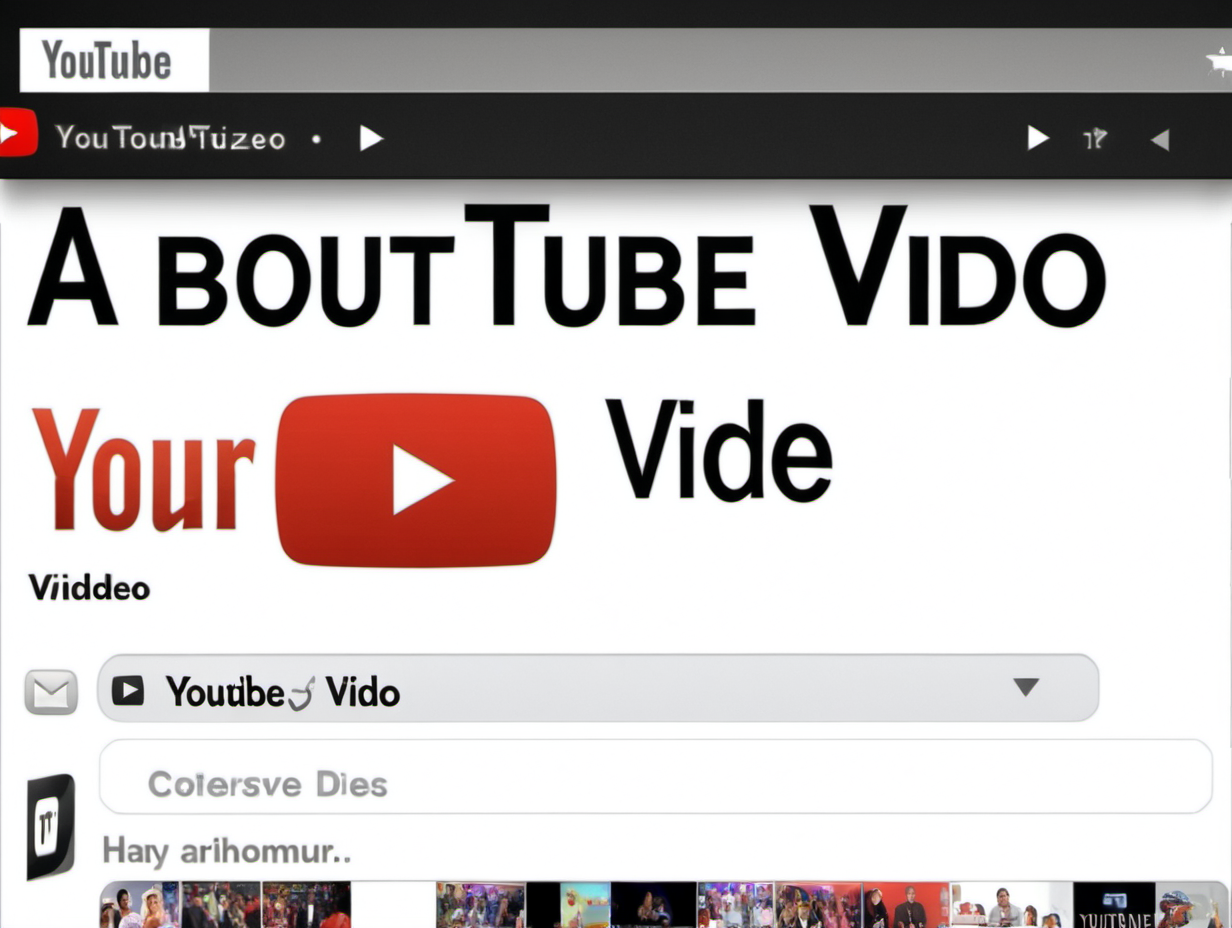Civitai Beginners Guide To AI Art // #1 Core Concepts
Summary
TLDRThis video serves as a beginner's guide to AI art, particularly focusing on Stable Diffusion. Hosted by Tyler, it covers essential AI art concepts, software installation, and terminology such as text-to-image, image-to-image, inpainting, upscaling, and more. The guide explains tools like ControlNet, LoRAs, and extensions like Automatic 1111, along with the importance of models and checkpoints. Additionally, it discusses the significance of prompts, upscaling, and training data. The video aims to equip viewers with the knowledge needed to create AI-generated images locally on their machines.
Takeaways
- 🎨 The video introduces the basics of AI art, focusing on generating images using Stable Diffusion software.
- 📜 Key AI art concepts like text-to-image, image-to-image, and batch image-to-image are explained, helping users understand how to generate images.
- 🖼️ The video introduces 'inpainting,' which involves using a painted mask area to add or remove objects from images, similar to Photoshop's generative fill.
- 🎥 Concepts like text-to-video (text to vid) and video-to-video (vid to vid) are introduced for generating videos using text prompts or transforming existing videos.
- 📝 'Prompt' refers to the text input that guides the AI in generating images, while 'negative prompt' tells the AI what to exclude from the image.
- 📈 'Upscaling' enhances low-resolution images or videos into higher resolution using built-in AI models or external software like Topaz Photo AI.
- 🛠️ Models, also called checkpoints, are critical in AI art generation. Different models produce different image styles, and users are advised to choose models wisely.
- 🔐 Safe tensor files are preferred over ckpt files for models, as they are more secure and less susceptible to malicious code.
- 🖌️ ControlNet, an important extension in Stable Diffusion, is used to process image structures, depth, and poses, essential for tasks like image-to-image generation.
- 🧠 Tools like Deorum and techniques like Enhanced Super-Resolution GAN (ESRGAN) and AnimateDiff are introduced for enhancing image resolution and adding motion to text-to-image generations.
Q & A
What is AI art, and how is it generated?
-AI art refers to the creation of images, videos, or other media using artificial intelligence. It's typically generated by feeding a text prompt into a model like Stable Diffusion, which creates an image based on the input text.
What is Stable Diffusion, and what is its role in AI art generation?
-Stable Diffusion is a machine learning model used for generating images based on text inputs. It can also handle tasks like transforming existing images, adding elements to images, and generating videos. It serves as the engine behind much of the AI art creation process.
What is the difference between 'text-to-image' and 'image-to-image' generation?
-Text-to-image generation creates a visual output solely based on a text prompt, whereas image-to-image takes an existing image as input, using the text to alter or enhance the original image.
What is inpainting, and how is it used in AI art?
-Inpainting involves masking specific areas of an image and using AI to add or remove elements from those parts. It's similar to Photoshop’s generative fill but is done locally using software like Stable Diffusion.
What are prompts and negative prompts?
-Prompts are the text inputs that describe what you want the AI to generate, while negative prompts describe what you do not want to appear in the final image, helping refine the result.
What is upscaling, and why is it important in AI art?
-Upscaling is the process of increasing the resolution of an image, making it larger and more detailed. It is often the final step before sharing AI-generated images to ensure they have high quality.
What are checkpoints and safe tensors in the context of Stable Diffusion?
-Checkpoints, now often called models, are files that store the machine learning model used for generating images. Safe tensors are a safer version of checkpoints, as they are less prone to malicious code.
What is a 'LoRA,' and how is it used in Stable Diffusion?
-LoRA stands for Low-Rank Adaptation, which is a model trained on a small, specific dataset to generate images with a particular character, style, or concept. LoRAs are used to fine-tune outputs in a targeted way.
What are 'textual inversions' and 'embeddings'?
-Textual inversions and embeddings are smaller datasets used to fine-tune specific aspects of an image, such as fixing common issues like incorrect hand or eye shapes, or focusing on details like specific objects or faces.
What is a VAE (Variational Autoencoder), and how does it affect image generation?
-A VAE is a file used to enhance the quality of generated images by improving details, colors, and sharpness. Some models have VAEs built-in, while others require you to add one manually to get the best results.
Outlines

このセクションは有料ユーザー限定です。 アクセスするには、アップグレードをお願いします。
今すぐアップグレードMindmap

このセクションは有料ユーザー限定です。 アクセスするには、アップグレードをお願いします。
今すぐアップグレードKeywords

このセクションは有料ユーザー限定です。 アクセスするには、アップグレードをお願いします。
今すぐアップグレードHighlights

このセクションは有料ユーザー限定です。 アクセスするには、アップグレードをお願いします。
今すぐアップグレードTranscripts

このセクションは有料ユーザー限定です。 アクセスするには、アップグレードをお願いします。
今すぐアップグレード関連動画をさらに表示

How AI Image Generation Works: DALL-E, Stable Diffusion, Midjourney

Generative AI Engineer Roadmap 2025 | Step-by-Step Complete Guidance..

HOW much 💵💰💵 did Stable Diffusion COST to Train?

21 Mobile AI Apps You Won't Believe Are Free

BIG Stable Diffusion 3 news! Major Changes & What You Need to Know!

Is Adobe Firefly better than Midjourney and Stable Diffusion?
5.0 / 5 (0 votes)
